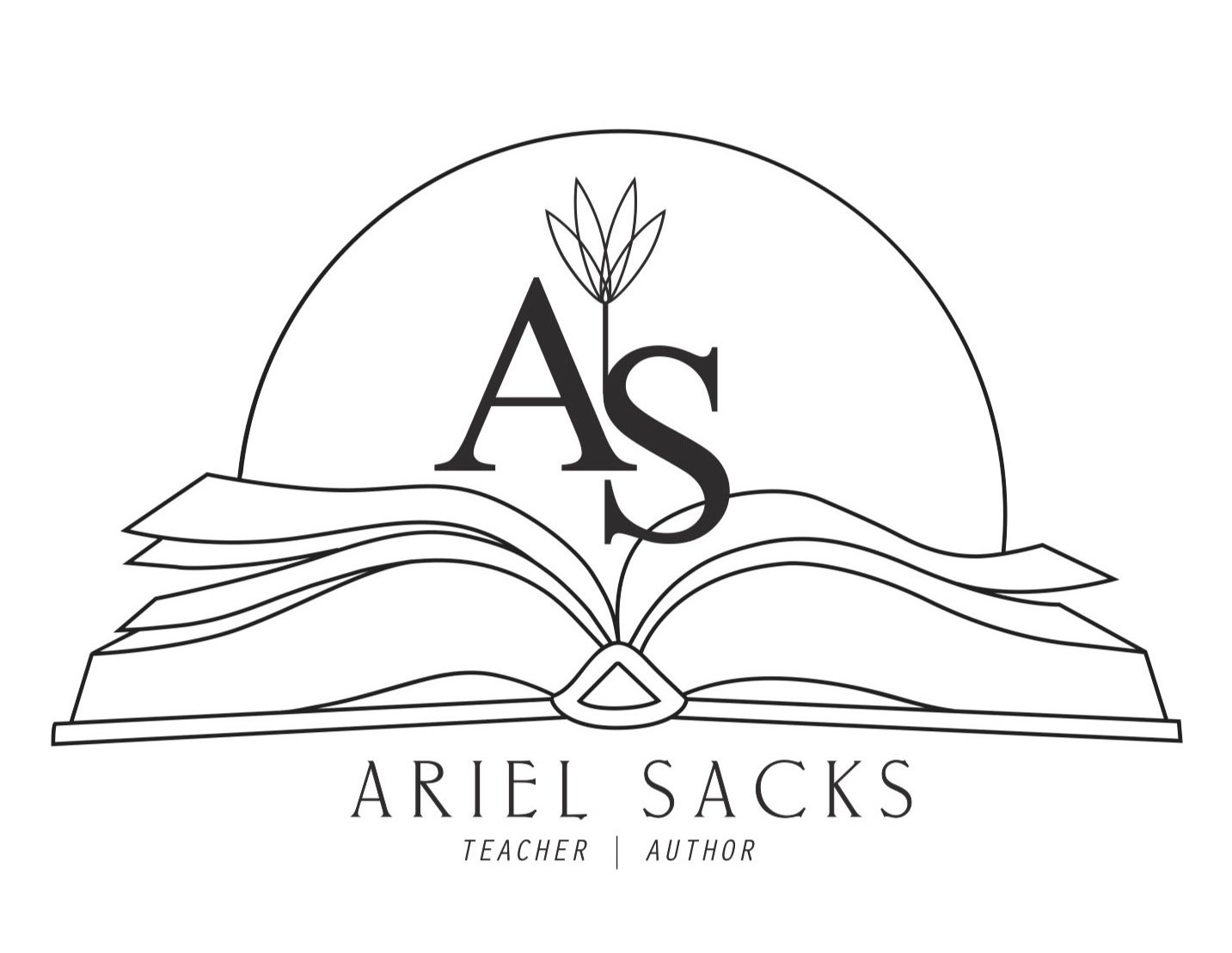Check out this tool designed to weight the merits of a book or story you are considering using with your students. Great for collaborative planning! Download a free copy here.
It's summer, and I imagine that, like me, you're considering various new and old book titles to bring to your students this year. There's a lot to consider with each choice, including a push from new Common Core assessments to increase the complexity of the texts we use. I want to share a tool I've just created for weighing the merits of a particular text, taking into account our specific groups of students and overall curriculum frameworks.
The tool is meant to help uncover the possible strengths and challenges for use of a particular text--not to quickly determine a yes or no answer. I imagine using this tool by myself or with members of my teaching team to help engage in discussion around the use of the text. I designed it for use with literary texts (fiction and nonfictional), but some of it could be applied to informational texts as well.
I created the visual tool using five domains for text selection, which emerged when I wrote a chapter on this topic in my forthcoming book, Whole Novels for the Whole Class: A Student Centered Approach, (due out in October). A single book for a whole group creates a strong cultural experience for a classroom community, as well as myriad opportunities for academic growth. These five domains are the things I consider carefully as I choose titles and consider where in the year they would be most useful.
For each domain, there is a continuum. The idea is to assess the text along each continuum by drawing a dot and making any notes below. Though there are no hard and fast rules, in some domains, one side of the continuum is preferable to the other. For example, in Domain 1, Development, I'd say our literature choices should generally be developmentally meaningful to our students (though I can think of a few rare examples, in which I might depart from even this guideline). In Domain 2, Identification Level, however, both sides of the continuum are neutral. Depending on the time of year or the interests and readiness levels of my students, I may choose a book that is more of a "mirror" experience for my students, or more of a "window" into the unfamiliar. In this sense, the tool is really a chance to reflect and anticipate the opportunities and challenges around the meeting of your group of students and a text, at a particular time in the year.
You can download a free copy for your next department or team meeting here!


